.
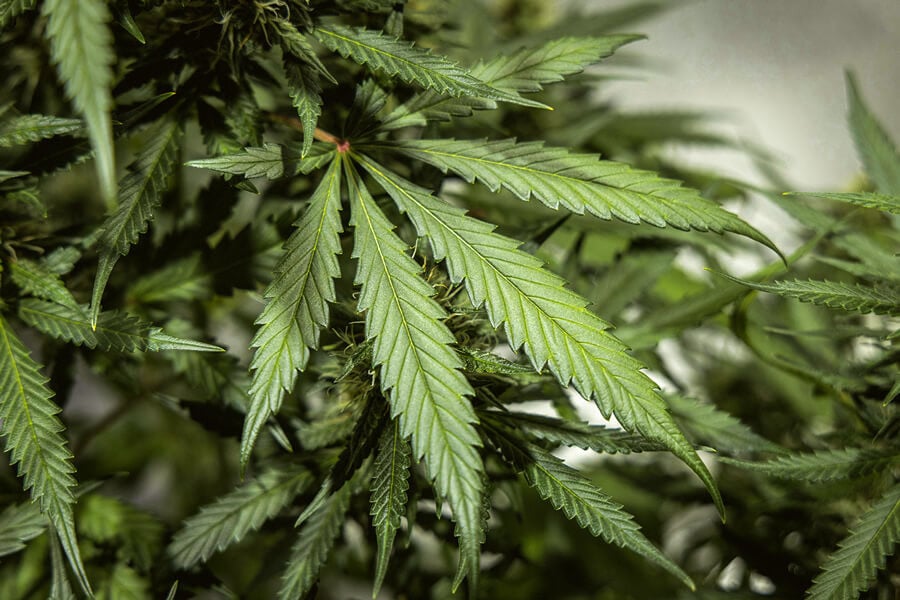
How Many Leaves Does a Marijuana Plant Have?
While cannabis flowers get most of the attention, leaves also serve a critical purpose. These structures not only create energy, but they host microbes critical for plant health. But how many leaves should a marijuana plant have? And how many should you remove to keep your canopies in tip-top shape and optimise your harvest? Find out below!
Contents:
Understanding the leaf count and how it changes throughout the different stages of marijuana growth is essential for optimising bud production.
Typical Leaf Count by Stage
- Seedling: 4–6 true leaves
- Vegetative: Starts with 8 leaves, increasing to 130 leaves quickly and continuing to grow
- Flowering: Gradual decrease in leaf count for bud production
Flower-to-Leaf Ratio
A higher flower-to-leaf ratio means more energy for buds, leading to potentially higher cannabinoid and terpene concentrations.
Understanding marijuana plant growth involves various factors such as age, genetics, environmental conditions, and pruning techniques. Leaf counts vary significantly across growth stages. Growers should prioritise factors like plant health, leaf colour, and bud development over simply counting leaves.
Weed leaves are a vital component of plant physiology; without them, you’d have no buds! But how many leaves does the average cannabis plant possess? And should you aim for a canopy that’s more abundant in flowers than leaves during bloom?
Understanding Marijuana Leaf Function & Development
To gain an understanding of how many leaves are on a marijuana plant, it’s helpful to learn about the different types of leaves and their functions.
Types of Cannabis Leaves
Cannabis plants feature three distinct types of leaves.
Fan Leaves
Fan leaves are large leaves that develop during the vegetative phase of the growing cycle. They are essentially biological solar panels. Their large surface area allows them to capture as much sunlight as possible to drive photosynthesis, the key chemical reaction that fuels plant growth. Fan leaves also enable marijuana plants to conduct transpiration—the passive process that moves nutrients and water through plants and keeps them turgid.
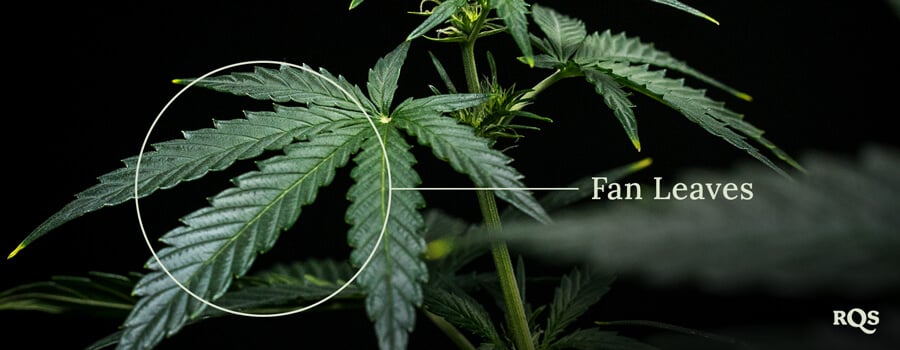
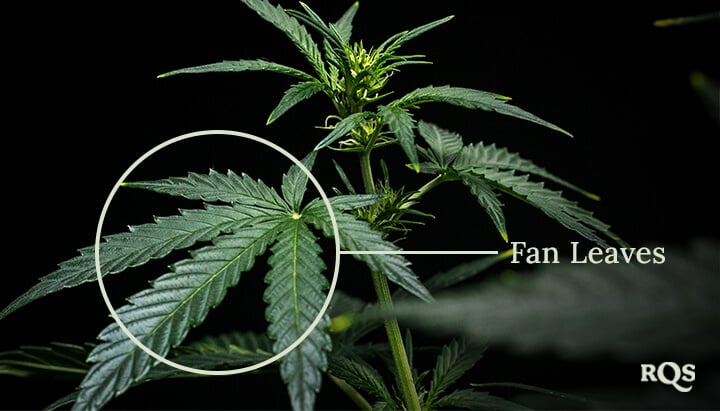
Sugar Leaves
These are the smaller leaves that surround cannabis buds. Their name results from the high concentration of trichomes that coat their surface—and resemble a layer of sugar. Although sugar leaves possess much higher trichome concentrations than fan leaves, they contain far lower levels than the buds themselves. For this reason, sugar leaves are removed from the buds during the trimming process, but many growers keep them to make kief, hash, and other preparations. Much like fan leaves, sugar leaves are physiologically important and contribute to bud development by conducting photosynthesis. Alongside bracts, pistillate flowers, stems, and stalks, sugar leaves are a component of cannabis inflorescences—the complete flowering heads of the plant.
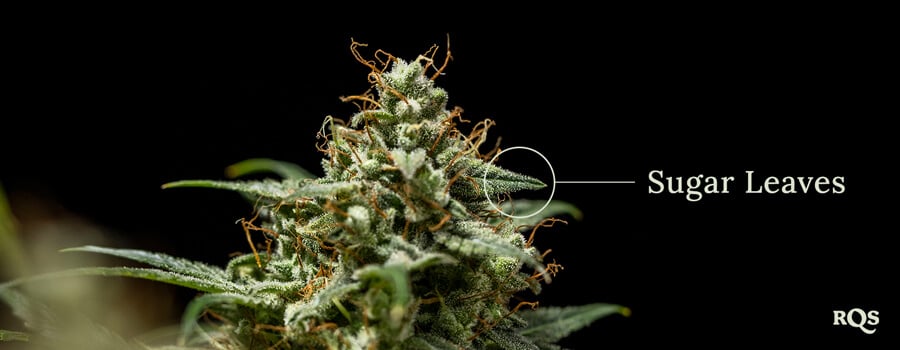
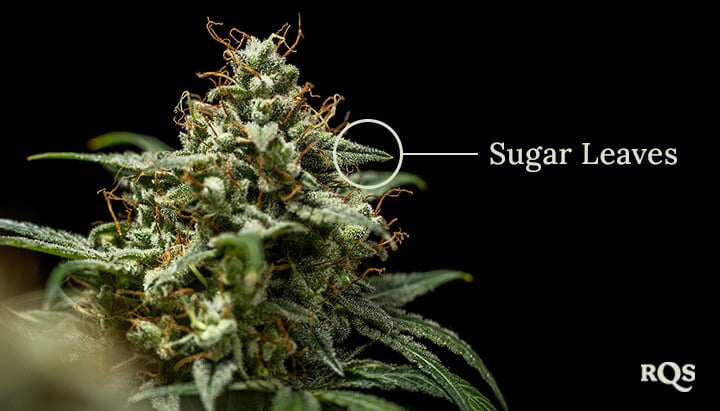
Bracts
These structures are specialised leaves that form part of individual pistillate flowers. Often incorrectly labelled as calyxes, cannabis bracts feature a dense layer of trichomes to defend against adverse weather and pest insects. Each bract houses an ovule that contains egg cells that develop into seeds after fertilisation. Two pistils emerge from the ovule. These hair-like structures protrude from the buds and are designed to catch male pollen from the air.
Cannabis Leaf Anatomy
For now, we’re going to leave bracts behind and focus on fan leaves and sugar leaves—the two structures considered true leaves by the majority of cannabis cultivators.
- Leaflets: Each fan leaf produces a number of leaflets that give them their characteristic shape. Cannabis produces compound leaves, meaning each leaf is composed of several leaflets that radiate from a single point called a petiole. More specifically, marijuana possesses “palmate” compound leaves, a term that describes the “palm-like” shape of the foliage, with the leaflets playing the role of fingers or digits. The number of leaflets increases on leaves as cannabis plants mature. The first true leaves to emerge at the start of the growing cycle possess just one leaflet, whereas those that grow later down the line feature between 7–13, depending on the strain.
- Veins: Much like us humans, plants also have a vascular system. While we possess veins and arteries to transport oxygen, nutrients, and metabolic byproducts to and from our cells, plants feature channels called xylem and phloem. These tubes travel through the stems and branches and into individual leaves. Take a close look at your fan leaves next time you visit your grow room or garden, and you’ll notice veins running through the tissue. They not only work to deliver key substances to plant cells, but also act as structural support for the leaf itself.
- Petioles: These branch-like structures act as a bridge between leaves and tree branches. They keep leaves attached to the canopy and also contain vascular tubes that keep leaf cells nourished and functional.
- Stomata: These small holes on the surface of leaves open and close according to environmental factors. They release water vapour and facilitate the exchange of carbon dioxide and water.
- Trichomes: While found in much higher concentrations on buds, trichomes also appear on fan and sugar leaves. These small glands produce cannabinoid acids and terpenes that help plants defend themselves against predators and UV radiation.
- Phyllosphere microbiology: The leaf area of a plant is known as the phyllosphere and provides a habitat for countless different microorganisms. As part of the plant microbiome, the microbes that exist on leaf surfaces play an important role in defence and nitrogen fixation from the atmosphere.
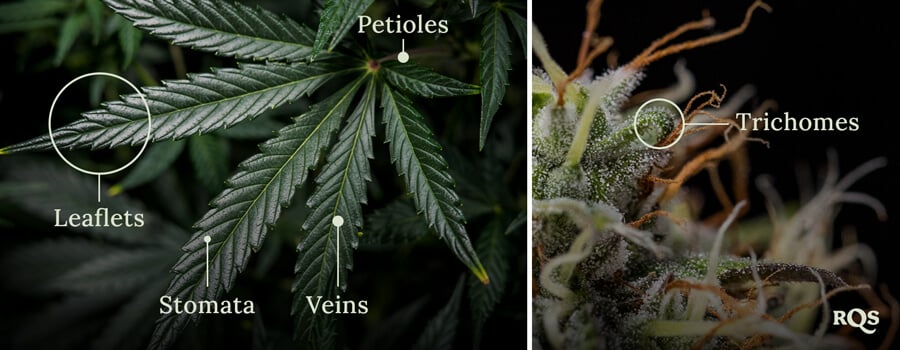
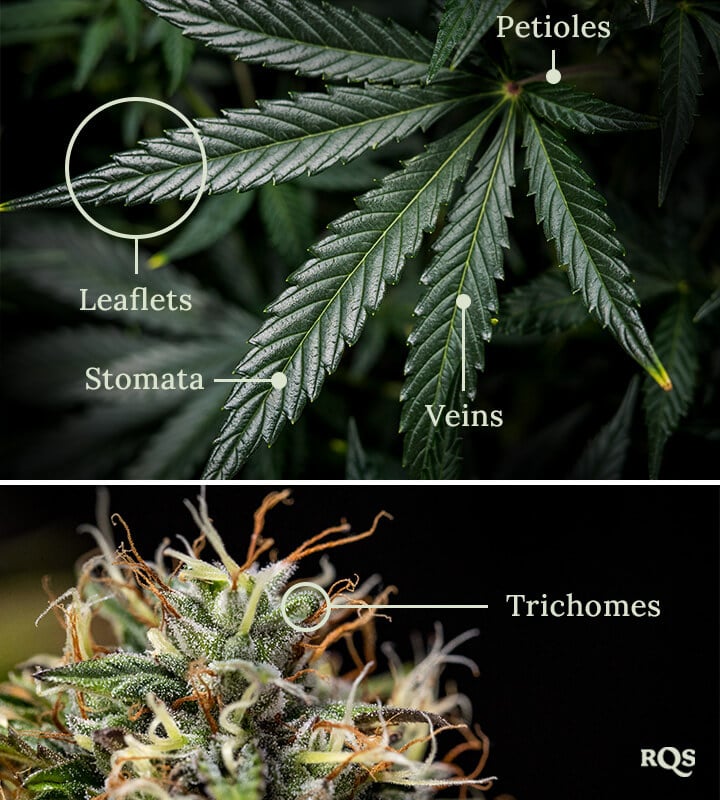
Factors That Influence the Number of Leaves on Cannabis Plants
So, exactly how many leaves does a weed plant have? It probably won’t surprise you to know that there’s no straightforward answer to this question. Find out what factors influence the number of leaves of your weed plants below.
Plant Age
Plant age is one of the most obvious factors that impacts the number of leaves on weed plants. After sprouting, all cannabis strains start out with two small, round cotyledon leaves. Soon after, the first set of true leaves appears. The leaf count in the canopy then exponentially increases throughout the vegetative phase. Large sativa strains develop hundreds of fan leaves, whereas small autoflowering strains can possess less than 100 per plant.
Strain Genetics
Genetics has a big impact on the number of leaves on a marijuana plant. Pure sativa varieties have the most amount of fan leaves at the end of the vegetative phase. These specimens grow to 300cm and produce massive canopies featuring hundreds of leaves. In contrast, pure indica varieties are shorter, bushier, and naturally produce fewer leaves but feature a denser canopy.
Most modern strains are hybrids that feature both indica and sativa genetics. Their morphology depends on which subspecies dominate the mix, with some growing tall with plentiful leaves and others remaining compact with fewer. Autoflowering strains possess some amount of Cannabis ruderalis genetics, a subspecies originating in Russia. Pure ruderalis plants are tiny and feature very few leaves, each containing only three large leaflets and two smaller ones. Autoflowers available from seed banks are hybrids containing indica and/or sativa genetics in the mix, yet they still possess far fewer leaves than photoperiod strains because of their small canopy size.
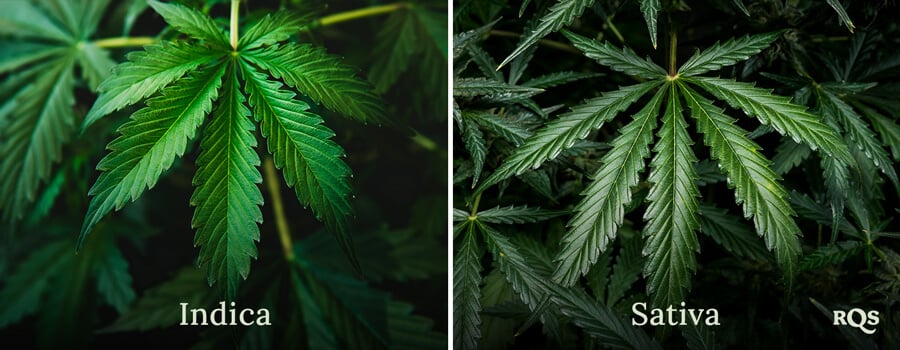
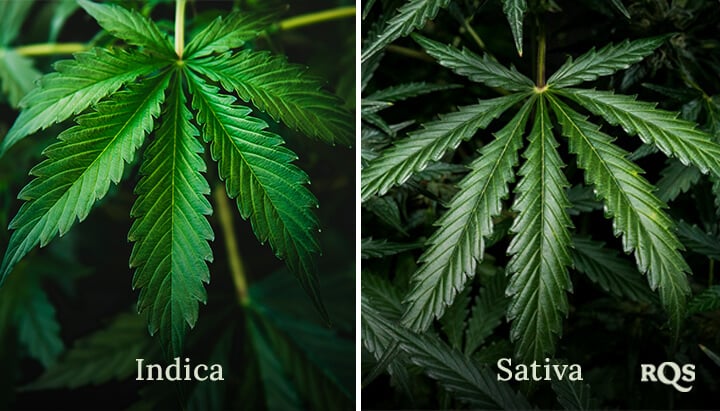
Nutrition & Environment
Various environmental factors also influence how many leaves are on a marijuana plant. Nutrition plays an especially important role. Fan leaves require ample levels of nitrogen to develop properly. Inadequate levels during veg will result in fewer fan leaves and will also impact the health of those present on the plant. Light exposure and intensity also impact leaf count. Less light means less photosynthesis, limiting the amount of carbon available to plants—a key element involved in the physical structure of leaves.
Training and Defoliation
Cannabis leaves play a key role in plant growth and yield. However, more leaves don’t equal better results. Too many leaves in the canopy can cause a different set of problems. Excess foliage can reduce the amount of light that penetrates the canopy, leaving internal buds starved of illumination. Canopy density can also limit airflow and increase the chance of mould during the flowering phase. To counter these issues and boost yields, many growers cut away unnecessary leaves at different points of the growing cycle. On top of this, they often apply training techniques such as LST and ScrOG to flatten out the canopy to improve overall light exposure.
Typical Leaf Count Across Stages of the Cannabis Growing Cycle
The amount of leaves on a particular plant isn’t always a static figure throughout the growing cycle. The leaf count fluctuates depending on the maturation of the plant in question.
Seedling Phase
Weed plants possess very few leaves in the seedling stage. After germination, sprouts emerge with two small cotyledon leaves. From here, they’ll send forth several small sets of true leaves, totalling around six, before entering the vegetative stage proper.
Vegetative Phase
Plants pack on the most amount of foliage during the vegetative phase, as the name of this period of the growing cycle suggests. They spend this time converting atmospheric carbon into sugars in a bid to develop as many bud sites as possible before blooming. You can expect around 30 leaves to develop within about two weeks, and with proper growth, you can count roughly 130 leaves in 25 days. From there, plants can go on to develop hundreds of fan leaves, depending on the length of the vegetative phase, before they switch over to flowering.
Flowering Phase
Flowering weed plants usually possess fewer leaves because many growers defoliate before and during bloom. Plants will cease producing fan leaves during this time and focus their resources on forming sugar leaves and bracts as inflorescences develop. Growers often wonder: can you remove all of the fan leaves during flowering? No—always leave plenty of fan leaves in the canopy, as flower development depends on the sugars created during photosynthesis.
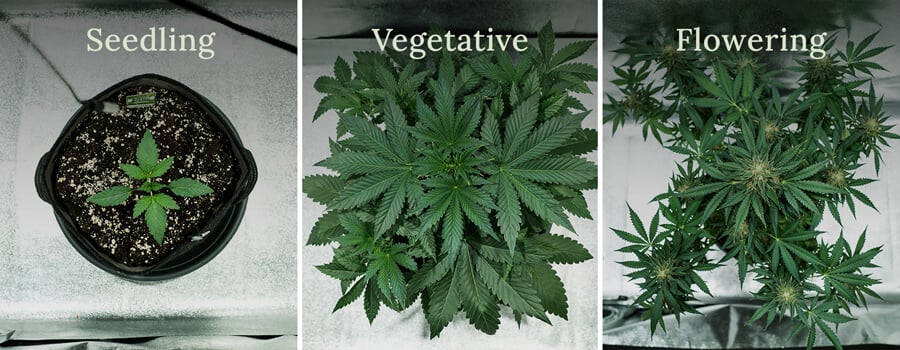
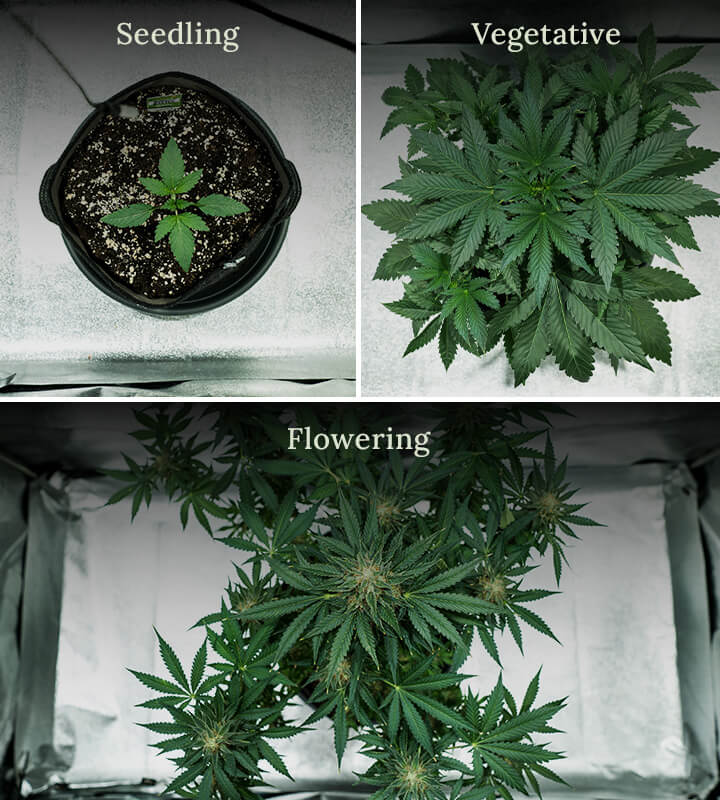
Understanding Calyx-to-Leaf Ratio When Growing Weed
When developing your green thumb, you’ll likely come across “calyx-to-leaf ratio” at some point. As pointed out above, the term “calyx” is incorrectly used in mainstream cannabis culture; the small leaves that surround the bottom of pistils are correctly termed “bracts”. However, “calyx-to-leaf ratio” has nevertheless stuck.
A rather self-explanatory term, it describes the amount of calyxes (bracts) relative to the number of sugar leaves on cannabis flowers during bloom. Ultimately, genetics play the largest role in determining the natural calyx-to-leaf ratio on the plant, but some growers go further to boost the ratio of bracts in hopes of creating more space for bigger, more resinous, flavorful, and potent buds. Keep reading to find out how to optimize your calyx-to-leaf ratio when growing cannabis at home.
For Growers: How to Optimise Calyx-to-Leaf Ratio
The most simple ways to create a more favourable calyx-to-leaf ratio include:
- Defoliation: Physically removing excess fan leaves during the growing cycle will boost the ratio of bracts, diverting more energy to them and potentially resulting in bulkier buds that possess more trichomes. This process will free up light to reach the buds, avoiding overshadowing.
- Light intensity: Ensure your plants receive adequate light intensity during early bloom. Bracts themselves are photosynthetic leaves, and they’ll grow larger when exposed to higher levels of light.
- Reduce nitrogen: Switch to a flowering formula during bloom that contains lower levels of nitrogen in order to limit both fan and sugar leaf production.
- Increase phosphorus and potassium: Ensure you apply higher levels of phosphorus and potassium during bloom. These two macronutrients are critical for bud development, size, and quality.
Debunking a Myth: Calyx-to-Leaf Ratio in Question
Researchers have yet to study the impact of the calyx-to-leaf ratio on the potency and overall quality of the cannabis harvest. There is an unproven myth that suggests the more leaves a cannabis plant has, the more potent the buds will be. This has yet to be proven true.
On the other hand, while some advocate for removing leaves in favour of calyxes, others claim it has detrimental effects, arguing that more photosynthesis during bloom leads to more flavorful and potent flowers. Ultimately, you’ll have to experiment with both approaches and decide what works best for you.
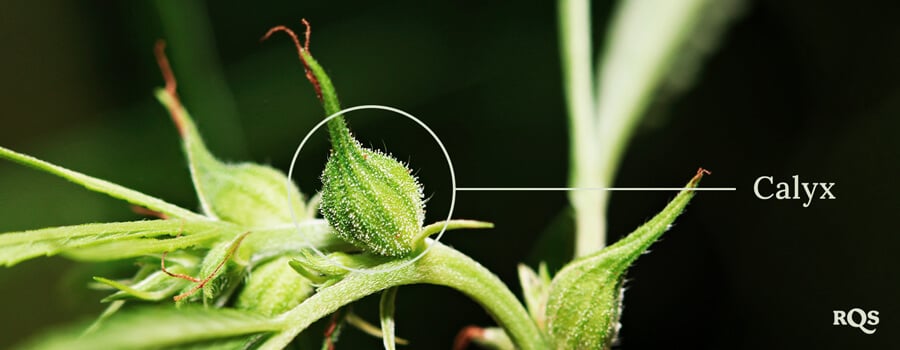
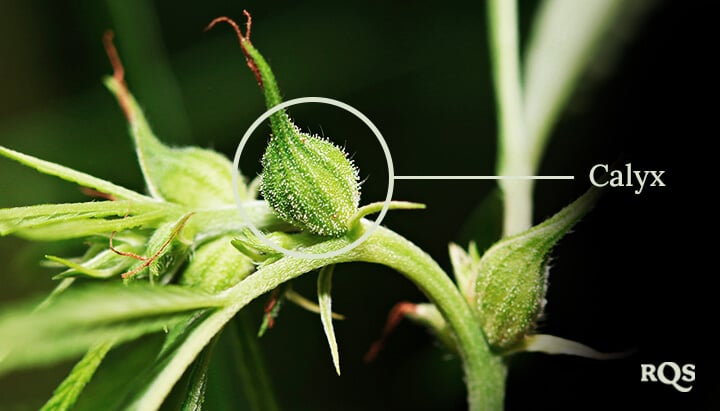
How Many Leaves Should You Expect When Growing Weed?
As you’ve learned, many factors must be considered when attempting to answer this question. How many leaves a cannabis plant possesses comes down to genetics, nutrition, lighting, training techniques, and defoliation. While autoflowers possess small canopies and fewer leaves, large photoperiod sativa strains produce hundreds at the height of veg. While leaves are vital for plant growth, defoliation and canopy management practices remove excess leaves to avoid common cultivation issues. While some growers tout the strategy of having more flowers than leaves during bloom, others prefer to take the opposite approach. Either way, after this deep dive, you’ll never look at cannabis leaves in the same way again!
Categories
Grow Cannabis With RQS


























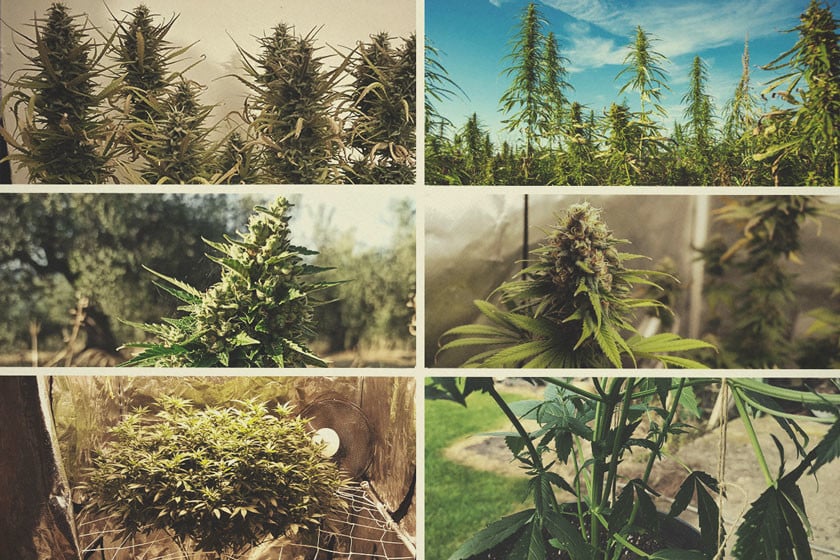
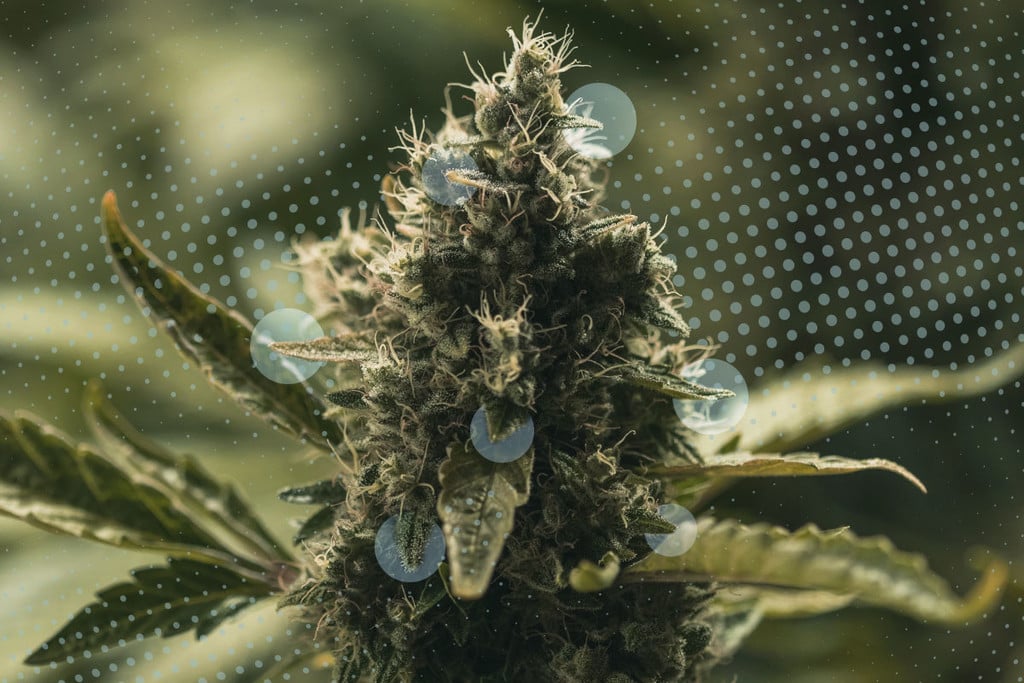
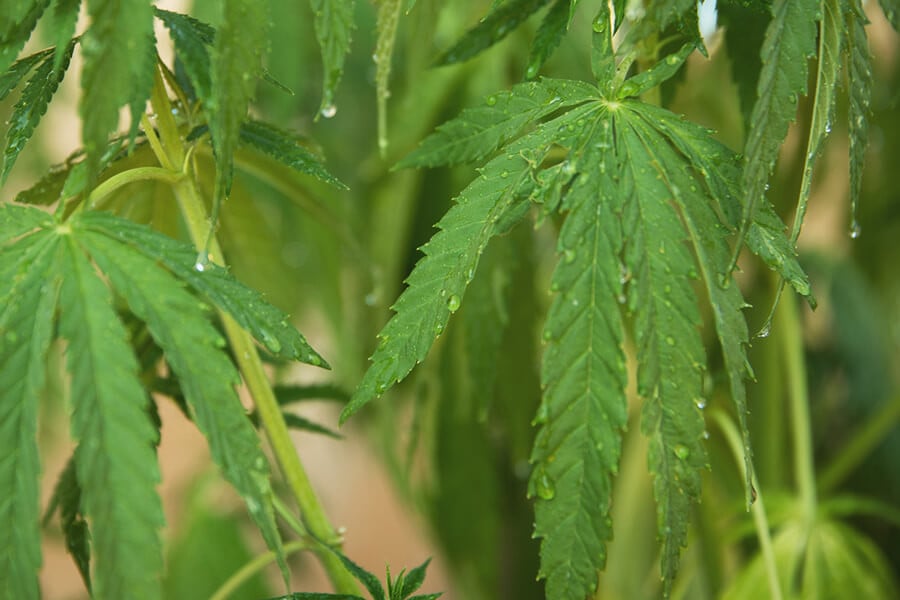
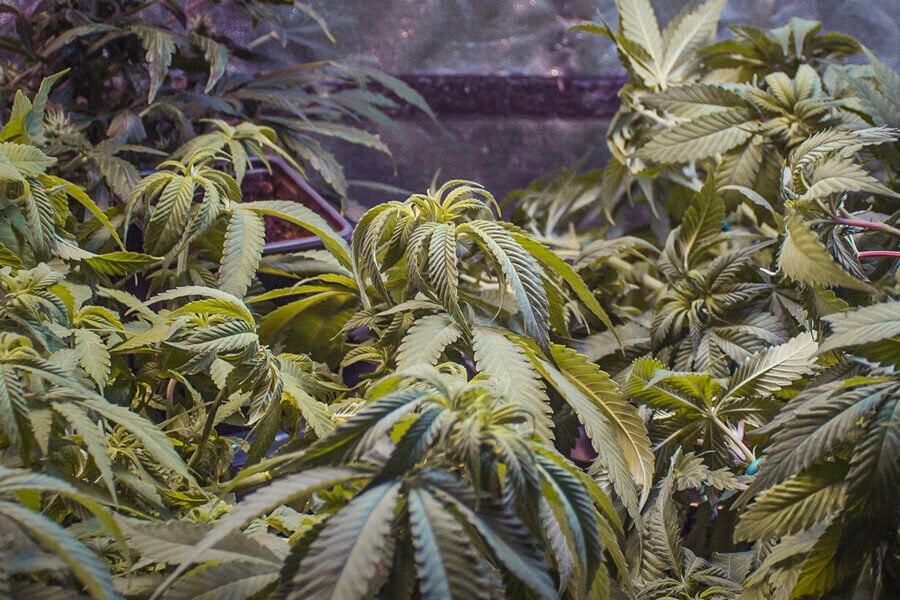
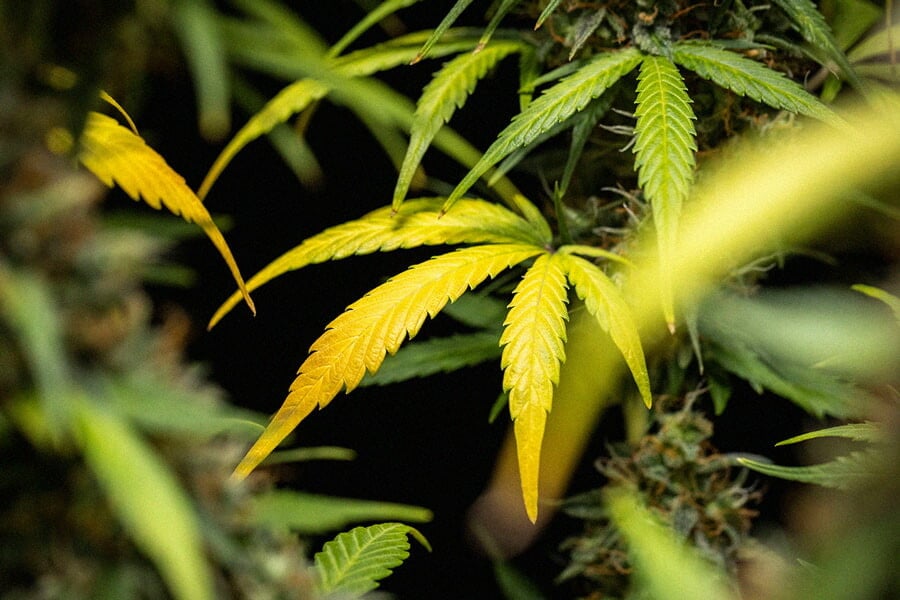
.jpg)







